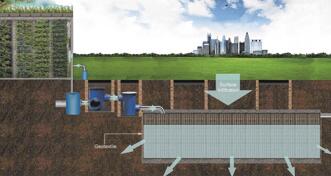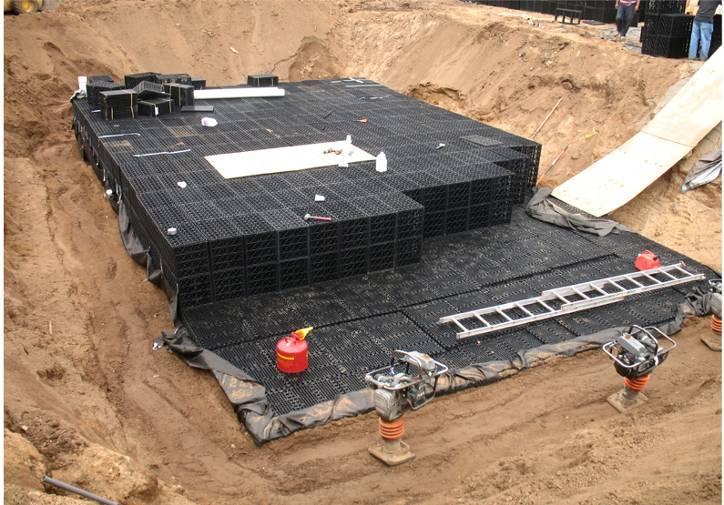What Is Water Collectors’s Position In the United Stages?
In urban and suburban areas, people collect rainwater storage to cope with emergency situations such as power outages without water in remote areas may well respond to the plight of drought dry season water shortages.
In the U.S., there are still a lot of water pipe to patronize less than sparsely populated areas. In these areas, rainwater collection after simple treatment, hygiene degree that is not less than the city people to drink bottled water every day, and the cost is much lower than bottled water. In parts of Texas, people’s daily water use, even collecting rainwater for irrigation have to rely on to solve. Therefore, in these areas is very high penetration of rainwater harvesting. General terms, U.S. per capita daily consumption, washing, laundry and other daily use levels are 50 gallons. In Texas, an ordinary people rely on the roof to receive rainwater collected annually more than 40,000 gallons of rainwater available for a four by six months.
Rainwater harvesting not only reduces the pressure on the aquifer water for human consumption, slowing the excessive use of water resources, but also reduces soil erosion caused by rain and floods. Over the years, the real estate industry in the United States is committed to the research and development of environmentally friendly housing, rainwater harvesting has not overlooked this aspect. The United States has a large municipal rainwater harvesting systems, there are also private households rainwater harvesting equipment. Today, as long as the Internet, you can find a suitable rainwater harvesting equipment, contact the technician to install as their own. Some local governments even rainwater harvesting as an important environmental projects, provide policy support and encouragement. Texas Austin and San Antonio local government, reduction of rainwater harvesting facilities, sales tax and property tax, as well as the installation of rainwater harvesting facilities for families, providing up to $ 450 of the cost of support.










